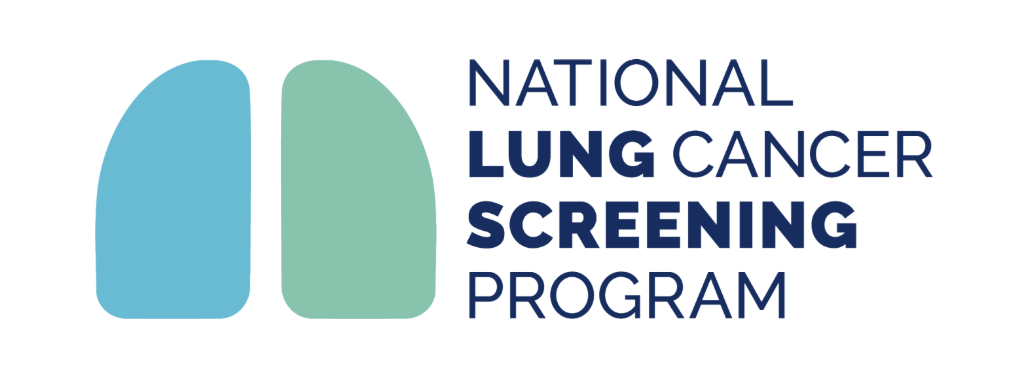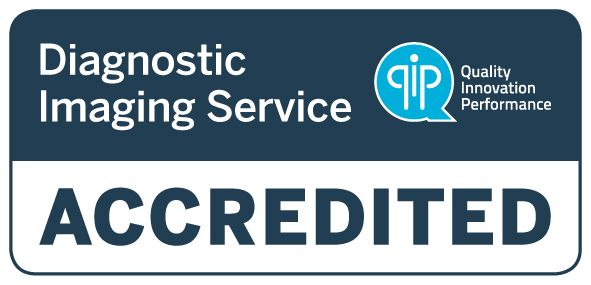Imaging-Guided Biopsies
What is a biopsy?
A biopsy is a medical procedure that involves taking a small sample of tissue from the area of concern for examination under a microscope. This is done to help diagnose various conditions such as:
- cancer
- infections
- inflammatory conditions
What areas can be biopsied?
Nepean Diagnostics offers biopsy services to various regions such as:
- lung
- liver
- kidneys
- sternal
- vertebral
- bone
- thyroid
- breast
- lymph nodes
How do I prepare for a biopsy?
You should wear comfortable clothes that are easy to remove. You may be asked to change into an examination gown and remove any jewellery or other metallic objects around the examination area.
When you make your appointment, please inform our staff if you are taking any blood thinning medication (e.g. Warfarin, Eliquis, Pradaxa, Xarelto, Plavix, Aspirin). Blood thinners may need to be stopped for a short period of time before certain procedures are carried out. It is very important that you do not stop taking them without being instructed to do so by your referring practitioner. You will be advised of any such instructions when making your appointment.
It may be necessary for somebody to drive you home, but you may eat and drink normally. Our staff can advise you on what you will need.
What happens during the procedure?
The process of a performing a biopsy varies depending on the location of the suspicious area and the type of tissue being sampled. Here's a general overview of what you can expect during a biopsy procedure:
- Preparation: The doctor will explain the procedure, its purpose, and potential risks and benefits. You'll have the opportunity to ask questions. A planning scan will be done around the area to define the area of concern to plan the best navigation plane. The area to be biopsied will be cleaned and may be numbed with a local anesthetic injected into the skin to minimize pain. In some cases, for more extensive biopsies, sedation might be used to keep you comfortable and still.
- Tissue Sampling: The method used to collect the tissue sample depends on the location and nature of the abnormality. A needle is inserted through the skin to reach the area of concern. This can be guided by touch for superficial lumps or with the help of imaging techniques like ultrasound, CT scan, MRI, or X-ray to precisely target deeper areas. There are two methods that we use to collect the tissue sample: Fine-needle aspiration (FNA): A thin needle is used to draw out fluid and cells. Core needle biopsy: A larger, hollow needle is used to remove a small cylinder (core) of tissue.
- Sample Collection and Processing: Once the tissue sample is obtained, it is carefully preserved in a special solution. The sample is then sent to a pathology laboratory. In the lab, the tissue is processed, thinly sliced, stained with dyes, and examined under a microscope by a pathologist.
What happens after your procedure?
After we've collected the necessary samples, we'll ask you to relax in the department for about 30 minutes to 2 hours so we can keep an eye on you. Once you've had some time to recover and we're sure there are no immediate issues, you'll be able to go home.
You might feel some soreness or discomfort where the biopsy was taken, but it's usually mild and should ease up within about 3 to 4 hours. If you need it, you can use ice packs for 10 minutes each hour to help soothe the area. Simple pain relievers like paracetamol (like Panadol) can also be taken if you're feeling any discomfort.
Your results
A report will be issued detailing the procedure. Your tissue samples will be taken to a pathology lab for processing and your referring doctor will get a copy of the pathology results in around 3-5 business days afterwards. Make sure to schedule an appointment with your referring doctor to talk about what the results mean and to discuss any possible next steps or treatments.





